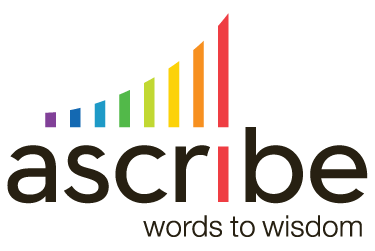Natural Language Processing (NLP)
Text
Text mining and natural language processing are related technologies that help companies understand more about text that they work with on a daily basis. For example, the answers to open-ended questions on your customer satisfaction surveys can generate many unique responses that are difficult to go through by hand. The text mining tool analyzes this information to generate actionable insights for your company. Natural language processing is an artificial intelligence technology that’s included in advanced text analytics tools. It supports the software by looking at the data sets and labeling the information with the emotional sentiment behind the words.
Learn more about the importance of text mining.
The benefits of natural language machine learning.
Natural language machine learning processing is useful whenever you need to analyze substantial amounts of text input. Since it continually learns based on the data that you feed into it, it becomes more useful and accurate over time. Your company and customers have their own language preferences that continually go into this system for analysis. It learns the nuances involved in the way these audiences express themselves, the slang that they commonly use, and their most common phrases.
Text that might look like it’s positive on the surface could end up having a negative connotation once you start to dig deeper. The natural language processing text analytics also categorizes this information so you know the primary themes or topics that it covers. This type of information is useful for discovering whether your customers love or hate your recent decisions and product launches.
Without natural language processing providing critical support to NLP analytics, you may not get as much information out of the text data. Picking up on complex attributes like the sentiment of the information is a lot harder without this artificial intelligence on-hand. The other benefit to using natural language process is how fast it can work with the information. Human workers take a long time to code responses and understand the emotions behind it. Large data sets may contain too much information for your current employees to work through. You would need to hire a third-party service to help or risk losing out on valuable insights.
Text analysis solutions with natural language processing eliminate that pain point. You have a streamlined and fast system in place, going through the collected data as you input it. Reports are readily available, and in some cases, you even have real-time results.
The role of natural language processing in text analytics tools.
Natural language processing plays a critical role in helping text analytics tools to understand the data that gets input into it. The solution helps companies generate and collect data from various sources, such as social media profiles, customer surveys, employee surveys, and other feedback tools. The natural language processing technology handles the data. At this point, the text analytics tools uses these insights to offer actionable information for your company.
Some tools have data visualization in place so you can see important information at a glance. Whether you want a top-down view of customer opinions or a deep dive look at how your employees are handling a recent organizational change, natural language processing and text analytics tools help make it happen.
Use cases for natural language processing.
Natural language processing has many valuable uses, whether it’s used alongside text analysis or in another solution. The tasks that natural language processing covers are categorized as syntax, semantics, discourse, and speech. Here are a few of the many use cases that natural language processing offers technology-minded businesses.
Natural language processing and text mining go hand-in-hand with offering you a new way to look at the text responses you receive throughout the course of doing business. Use these insights to optimize your products and services, and increase customer satisfaction.
Easily identify the parts of speech in a given sentence. This functionality may be used alongside other use cases or on its own for grammar checks and similar applications.
Many businesses have customers and employees all over the world. Supporting a multilingual environment involves a lot of translation back and forth. Machine translation makes this simple by automating the process and learning more about the language and how it’s used as time goes on.
Important entities in text get picked out, such as someone’s name or a specific location.
The business world still uses a lot of hard copies for documentation, but transcribing it into systems takes up a lot of data entry time. Optical character recognition interprets the written words on the page and transforms them into a digital document. Unlike scanning a document, optical character recognition actually provides the text in a format that you can easily manipulate.
Customers have plenty of basic questions that don’t necessarily need human intervention. Natural language processing can understand the context of the question and attempt to provide an answer automatically. If the customer doesn’t like the information that they’re given, an employee can be notified and take over the conversation.
Understanding customer feedback requires identifying the topics that come up time and time again. Topic segmentation presents the data that gets frequently mentioned and categorizes it based on your requirements.
